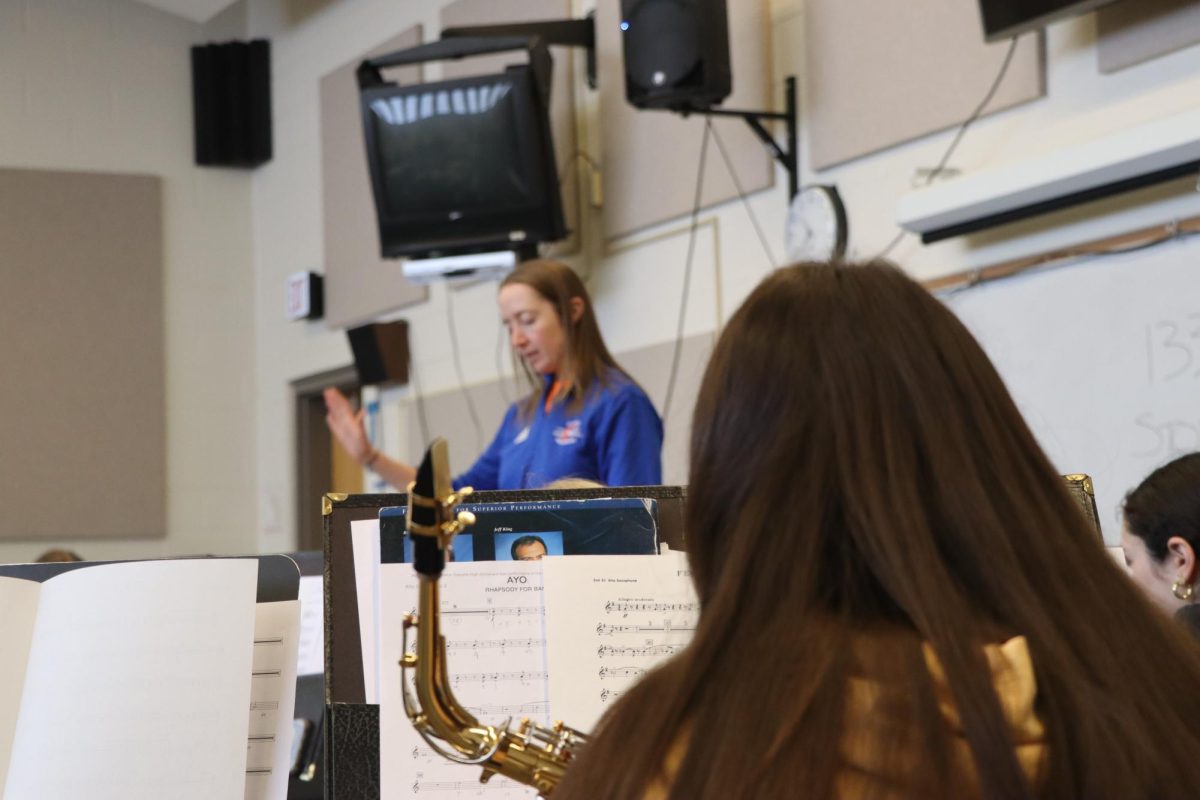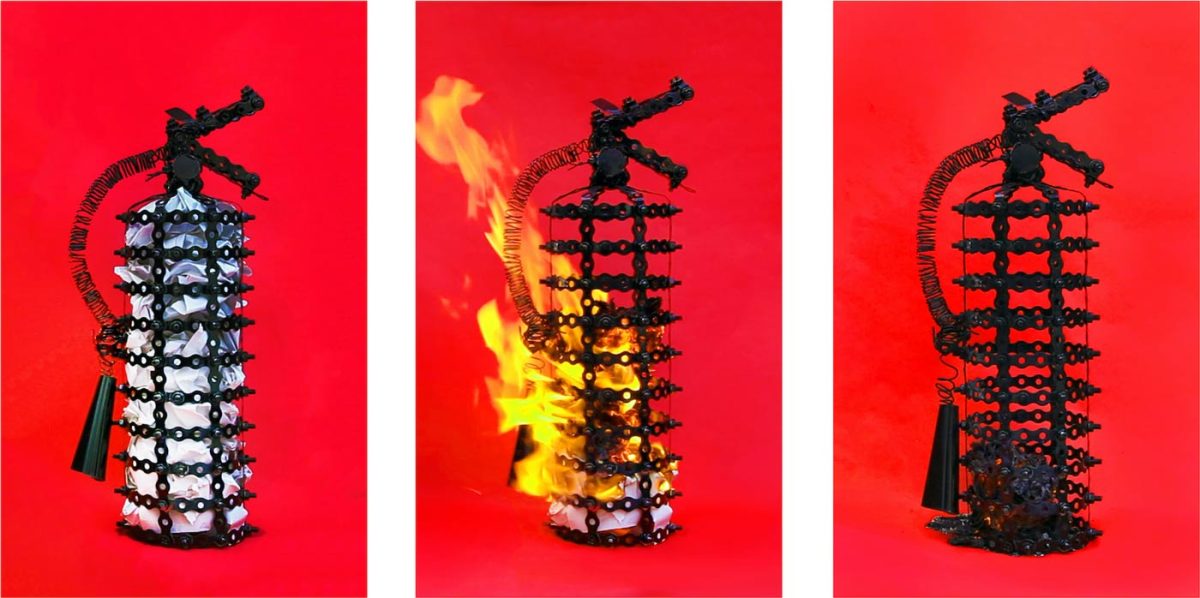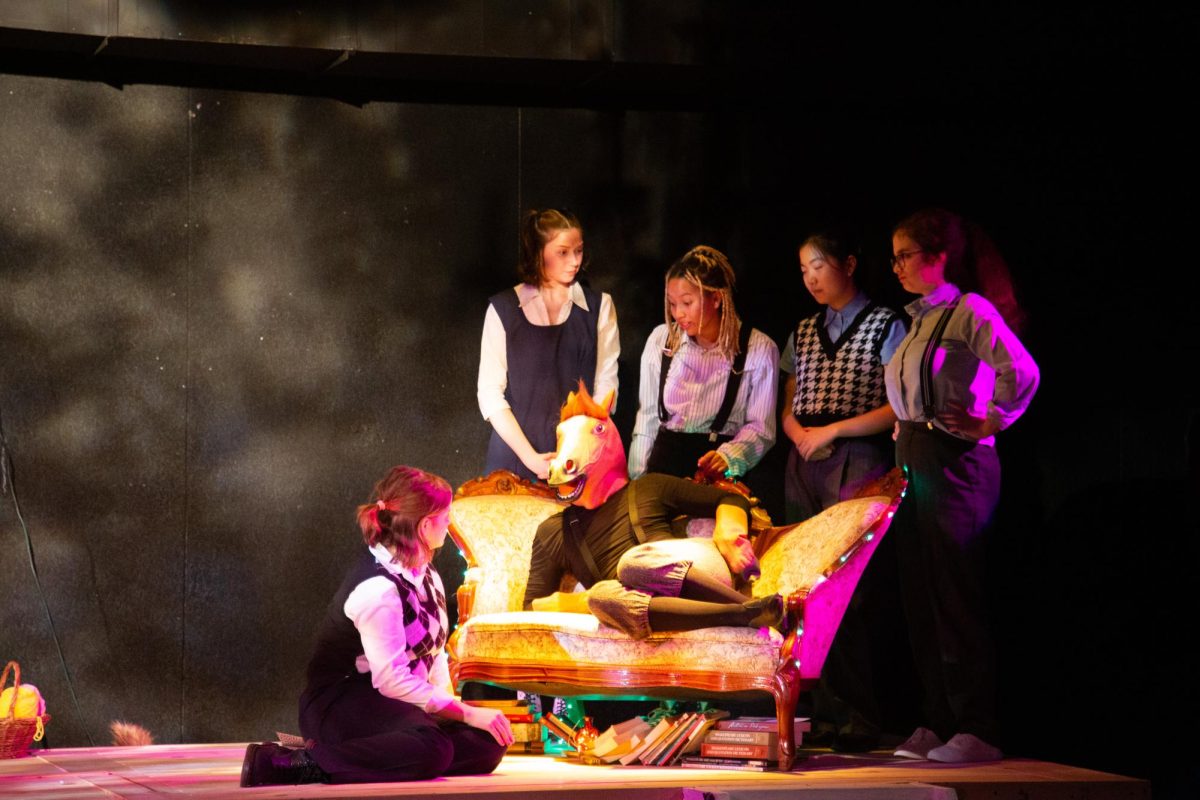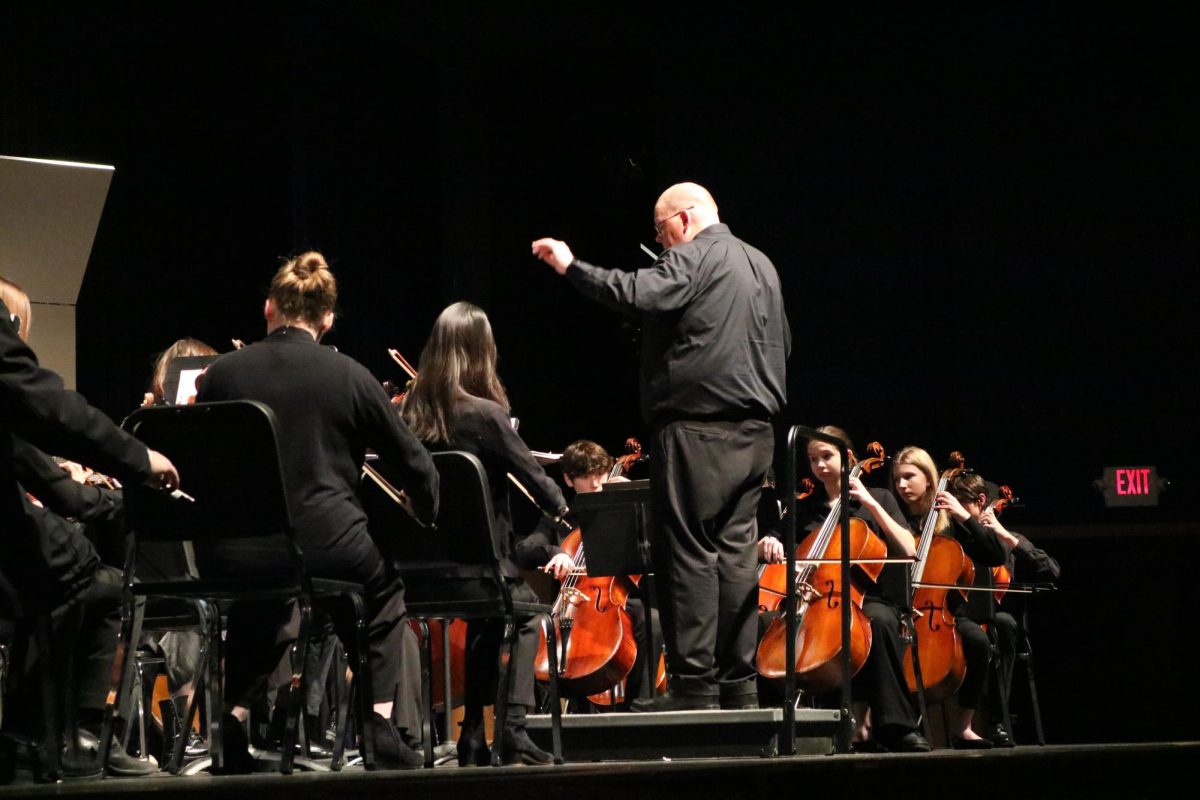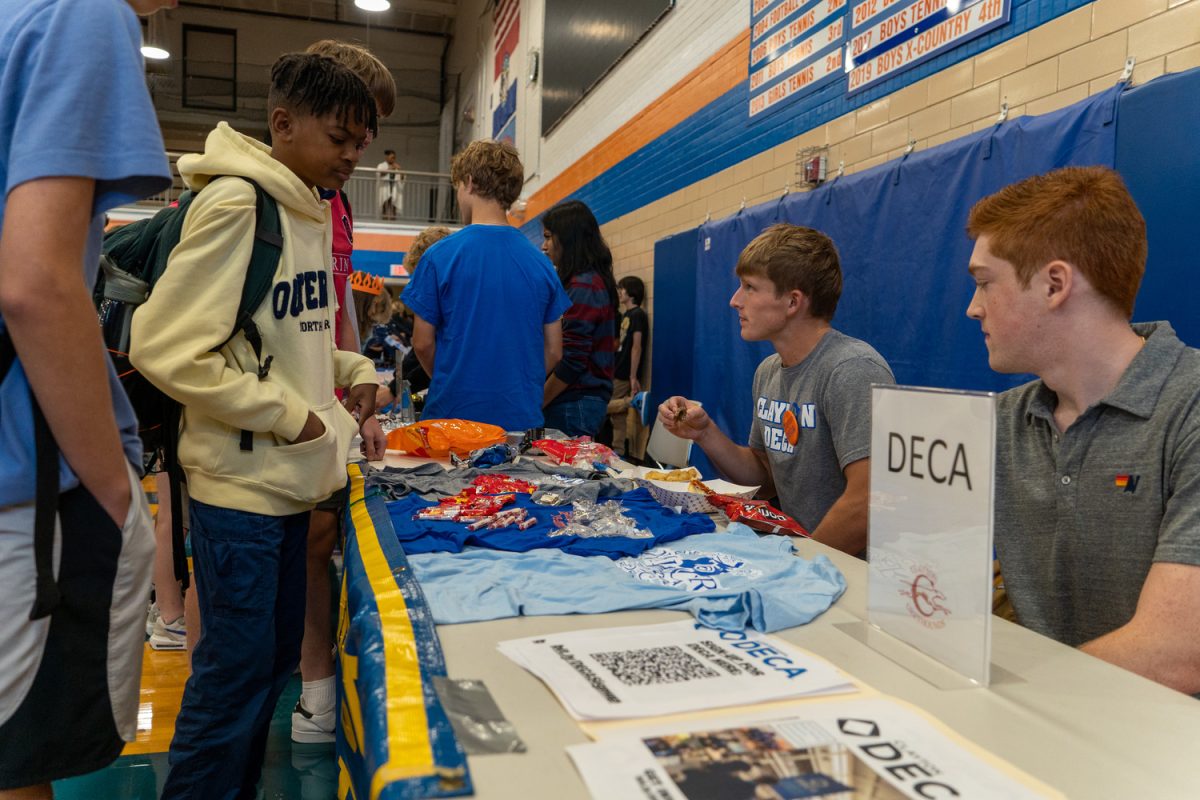The new biomed class provides students with unique opportunities to examine real-life medical emergencies and scenarios.
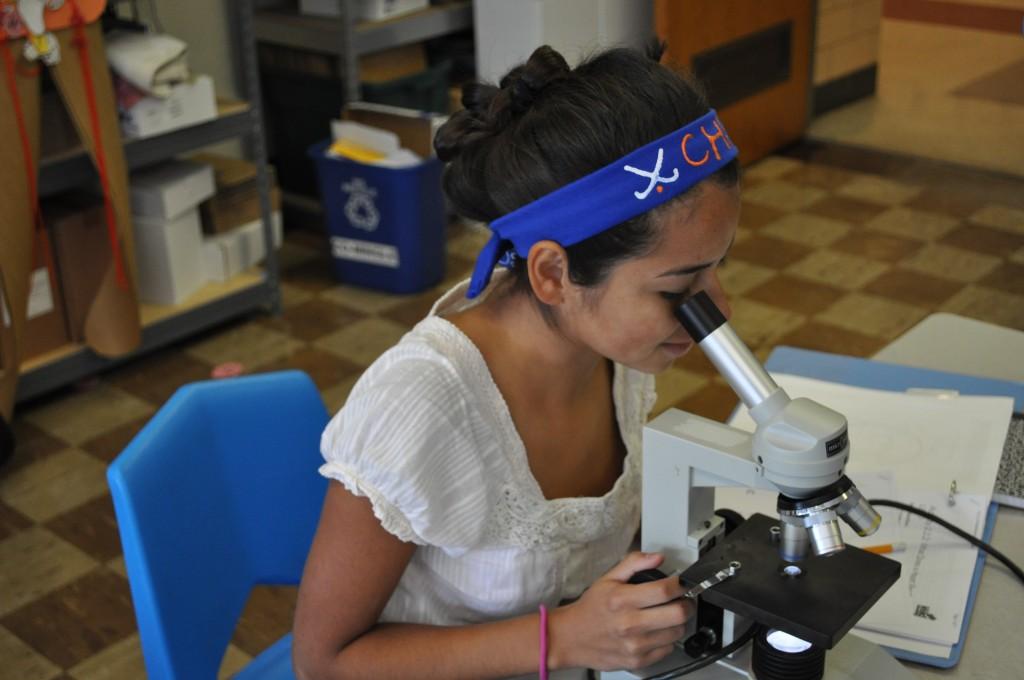
If Forensic Science is like “CSI,†then the new biomedical science class is like “House.â€
Biomedical science classes are a new addition to the science curriculum at Clayton High School this year. It is available as an elective credit for any student interested. The class helps anyone planning to major in health care fields prepare for college courses.
In the biomedical, or biomed, science class, students learn about the application of human medicine. As the years progress, new additions to this course of study will be added. The science department plans on adding one class a year until there are four classes in this course of study.
“We’re planning to develop a sequence of courses that build on each other,†head of science department Mike Howe said. “The first course is being taught right now. The second course is Human Body Systems, and the third is called Medical Interventions. Ideally, there would be a fourth course in science research.â€
Heather Jacus teaches the biomed class.
“In Human Body Systems, students learn about anatomy and physiology,†Jacus said. “It’s neat because at the end of the course, the student picks a disease or disorder, explains the tests needed to diagnose the disease, and then plans a course of treatment. This class will be available next year.â€
However, these classes will not be required for students. It is available as an elective credit for any student interested.
“Biomed isn’t designed to replace the science curriculum; the classes are designed to complement it,†Howe said.
The class is based around a character named Anna Garcia. The students discover many things about biology and medicine.
“We look at Anna Garcia, and we found that she has diabetes,†Jacus said. “She also has sickle cell disease, heart disease, and a bacterial infection. We study the heart. We also study genetics, metabolism, viruses, and bacteria.â€
A typical class includes looking up different medicines to discover why the patient died.
Many students have joined the class this year. Currently, there are 19 students in one class and 20 students in the other. Since each class can only hold 20 students, the classes are nearly full.
Although there are only two freshman currently enrolled in the class, students have shown a big interest for the new course.
The biomed class helps students prepare for college classes centered around health care as well, although anyone may take the class.
“It’s a great class for anyone who is curious or likes to solve mysteries, but it does have a big emphasis on biology,” Jacus said. “Most of the kids in there want to be in the health care field, and they wanted to learn about that field in a new, interesting way.â€
Sophomore Katie Lefton, who takes the class, thinks that any one with a queasy stomach should probably not take the class.
Howe expressed the same idea as Jacus.
“Although it is a college prep curriculum, I wouldn’t expect any business majors to be in it.â€
Lefton, for example, took the class because she plans to become either a doctor or veterinarian. She also is in the class because she has an interest in anatomy.
“The class is set up around solving real world problems,†Lefton said. “It’s different from my other classes because you can apply what you learn to real life situations, whereas in other classes, you’re kind of like, ‘When am I going to use that? Ever?’ â€
In order to make the class seem as realistic as possible, Jacus often uses the mannequin, or victim, outside room 201 to help them visualize the situation.
“It’s very helpful for me to be able to visualize the scene,†Lefton said. “The victim and the representation give you clues that you sometimes don’t have on your paper. That’s useful when I solve the medical mysteries.â€
But not only does Lefton find it useful, she also finds the mannequin, or victim, funny.
“It’s kind of funny, though, because it’s split in half and has no fingers.â€
Lefton also like the comparison of the class being like “House.”
“Of course, the teacher doesn’t yell at us like Dr. House,†Lefton said.

